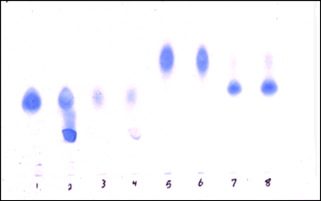Abstract
In treatment of advanced osteoarthritis, total knee arthroplasty
(TKA) with the sacrifice of the #anteriorcruciateligament (ACL)
is the standard treatment. There is high proportion of patients
who report residual #knee symptoms after TKA without any
identifiable objective clinical or radiological reasons. In regards
to cruciate-retaining knee arthroplasty in the last decade, knee
surgeons have mainly focused on the posterior cruciate ligament
[1-4]. However, anatomic studies have shown cruciate ligaments;
especially anterior cruciate ligament contains a considerable
number of proprioceptive nerve cells. Sacrifice of the ACL can also
be accompanied with #abnormalkinematics resulting in functional
limitations and a reduced balance [3,4]. Reduced balance capacity
can cause various problems in activity of daily living (ADL).
Balance problems due to limitations in #proprioception after TKA
can cause frequent falls. Besides this, reduced balance after the
arthroplasty can lead to a situation where patient senses the joint
as a foreign body which can be associated with non-specific pain
and can cause functional deficit [1,4-6]. First generation bicruciateretaining
total knee arthroplasty (BCR-TKA) was developed in the
1960s which aimed for a natural knee joint movement. #Bicruciateretainingimplants have shown a more #physiologicanteriorfemorotibial
contact point and a greater posterior translation in motion
compared to ACL-sacrificing #implants Cloutier et al.[1,3,6-10].
For more Biomedical open access journals please click on https://biomedres.us/
For more Biomedical Research Articles on BJSTR
Patient’s Perception in Bicruciate-Retaining Total #KneeArthroplasty by Florian Baumann in BJSTR


No comments:
Post a Comment
Note: Only a member of this blog may post a comment.